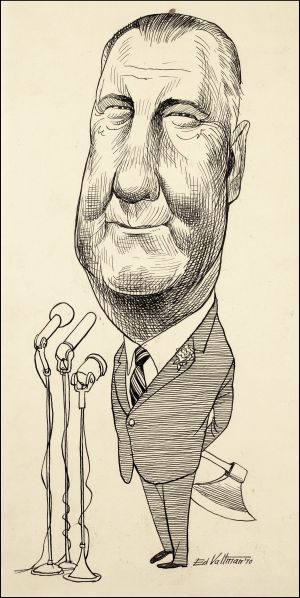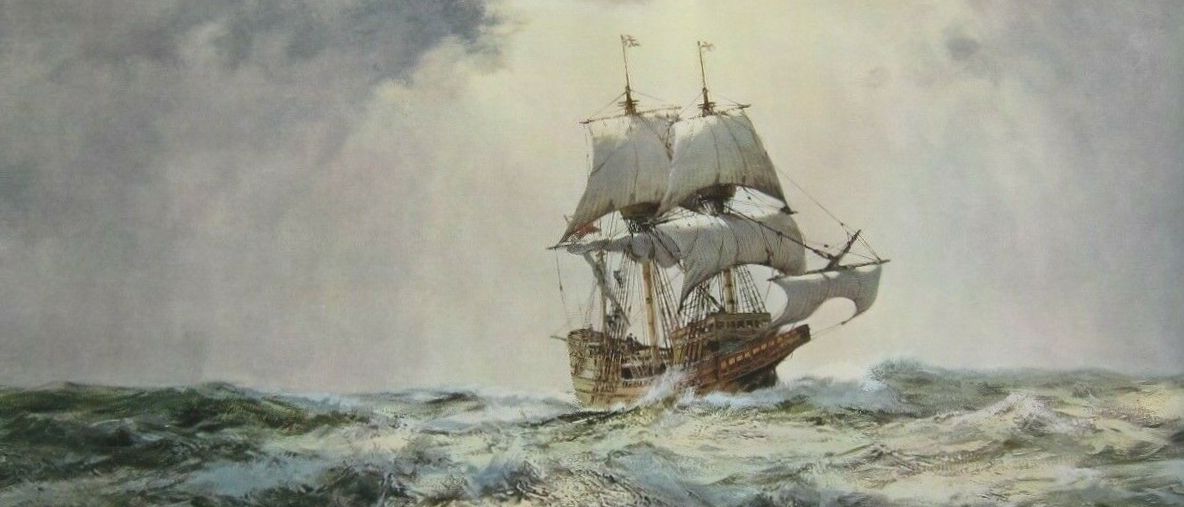Some of us remember dreaming, 50 years ago, of a computer small enough to fit in our home. And a telephone without wires.
On a much bigger scale, in 1970 many of us looked forward to the day when women and minorities weren't considered second class citizens. And to a time when peace and prosperity were the norm.
Today, the news brings us echoes of that time. In cities across the country citizens demonstrate against racial injustice. In distant lands courageous young Americans die after answering their country’s call to serve. And politicians seek advantage by pitting Americans against each other.


